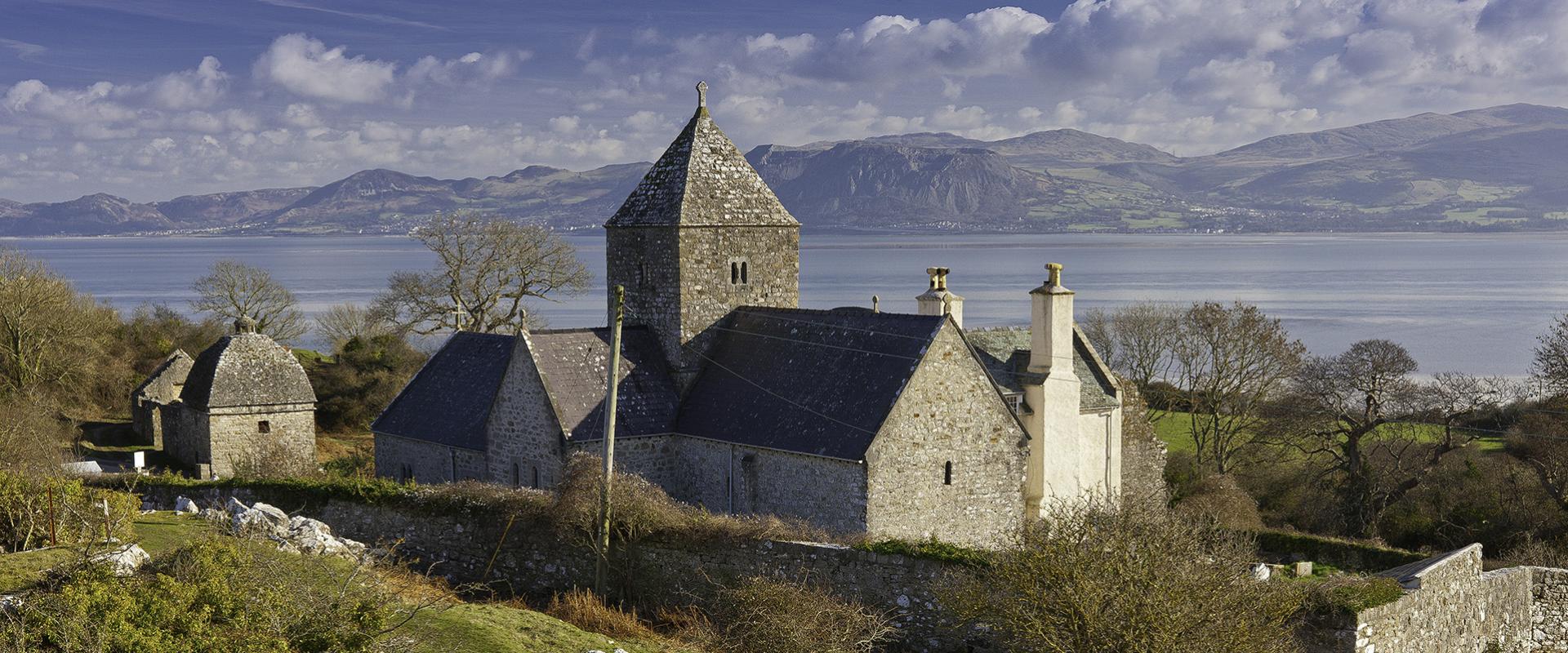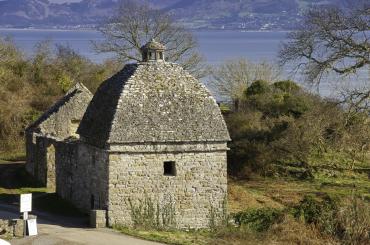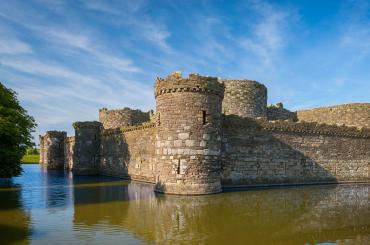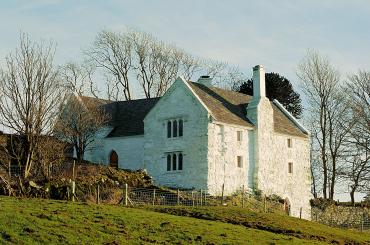Penmon Priory, Cross and St Seiriol’s Well

Three for the price of one at this important holy site
Penmon’s history stretches back to the 6th century, when a monastery was established here by St Seiriol. The holy well (with reputed healing properties) that bears his name is thought to be associated with this period, though the ‘cell’ that houses it is a much later construction. The remains of the priory that stand today largely date from the 13th century, when it became part of the Augustinian order.
Inside the church, which still serves the parish today, stands an impressive cross. Dating from the 10th century, its shaft is carved with intricate patterns of frets and plaits.
Also worth a visit is 15th-century Penmon Dovecote, which sits close to the priory.
Opening times & prices
Opening times
| 1st April - 31st March | 10am-4pm |
|---|---|
|
Please check the National Churches Trust website for up to date visitor information. The Penmon Cross is within the church and can be viewed when the church is open. |
|
Visitor information
Pay and Display car park
Please note: the pay and display car park is managed by a third party and Cadw has no control over the operation of the tariffs or parking duration.
Walking difficulty
Penmon Priory and Cross - Terrain:Level 1 – Accessible
St Seiriol’s Well - Terrain: Level 2 – Easy
No smoking
Smoking is not permitted.
Drone policy
Health & Safety
Care and attention must be paid when visiting this monument. The grounds outside are exposed to the natural elements and maybe slippery or muddy underfoot. Appropriate footwear for the season must be considered prior to your visit.
Built historic environments are sometimes uneven underfoot with steps that are narrow, steep with varying step height. Care must be paid when accessing upper levels and mezzanine / balcony spaces.
There are often high thresholds and low door frames when passing into and through indoor spaces. We kindly ask that any handrail provided is used appropriately and there is no climbing upon or within the monument.
Guardrails have been installed to prevent access to any areas of the site that we have deemed as dangerous or to prevent falls in specific areas. Please do not climb over or through any fixed installation.
As with all ancient monuments there is always a risk of stones being dislodged in bad weather, however, we manage this through extensive monitoring.
Climbing may result in serious injury.
There are several wild plants and flowers, although these are great pollinators, they may be poisonous to visitors and animals, we strongly advise you not to touch or allow dogs to eat any vegetation.
Please watch our health & safety film before visiting Cadw sites.
Iechyd a Diogelwch / Health and Safety
Please report any anti-social behaviour such as climbing, setting fires, graffiti etc. to CadwAccidentsReports@gov.wales
The following signs can be found around the site at key areas of risk, please pay attention where appropriate.
Slippery or uneven surfaces
Deep water
Directions
Google MapPostcode LL58 8RW
what3words: ///yarn.replayed.often
Unlimited access to Wales' past
Join Cadw for as little as £2.00 a month and gain unlimited access to over 100 historical sites.
Enjoy the many benefits of Cadw membership
- 10% off Cadw gift shops
- 50% off entry to English Heritage and Historic Scotland sites
- FREE entry to English Heritage and Historic Scotland on renewal
- FREE entry to Manx National Heritage properties
- FREE membership pack including car sticker and full colour map


